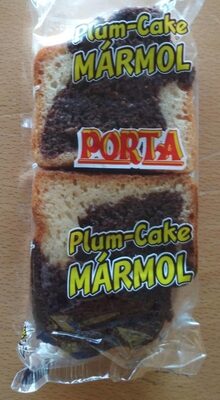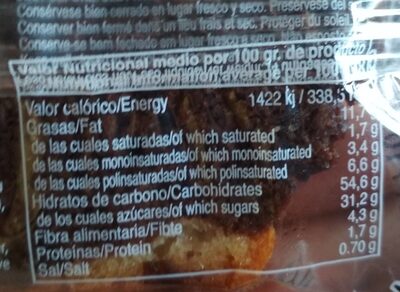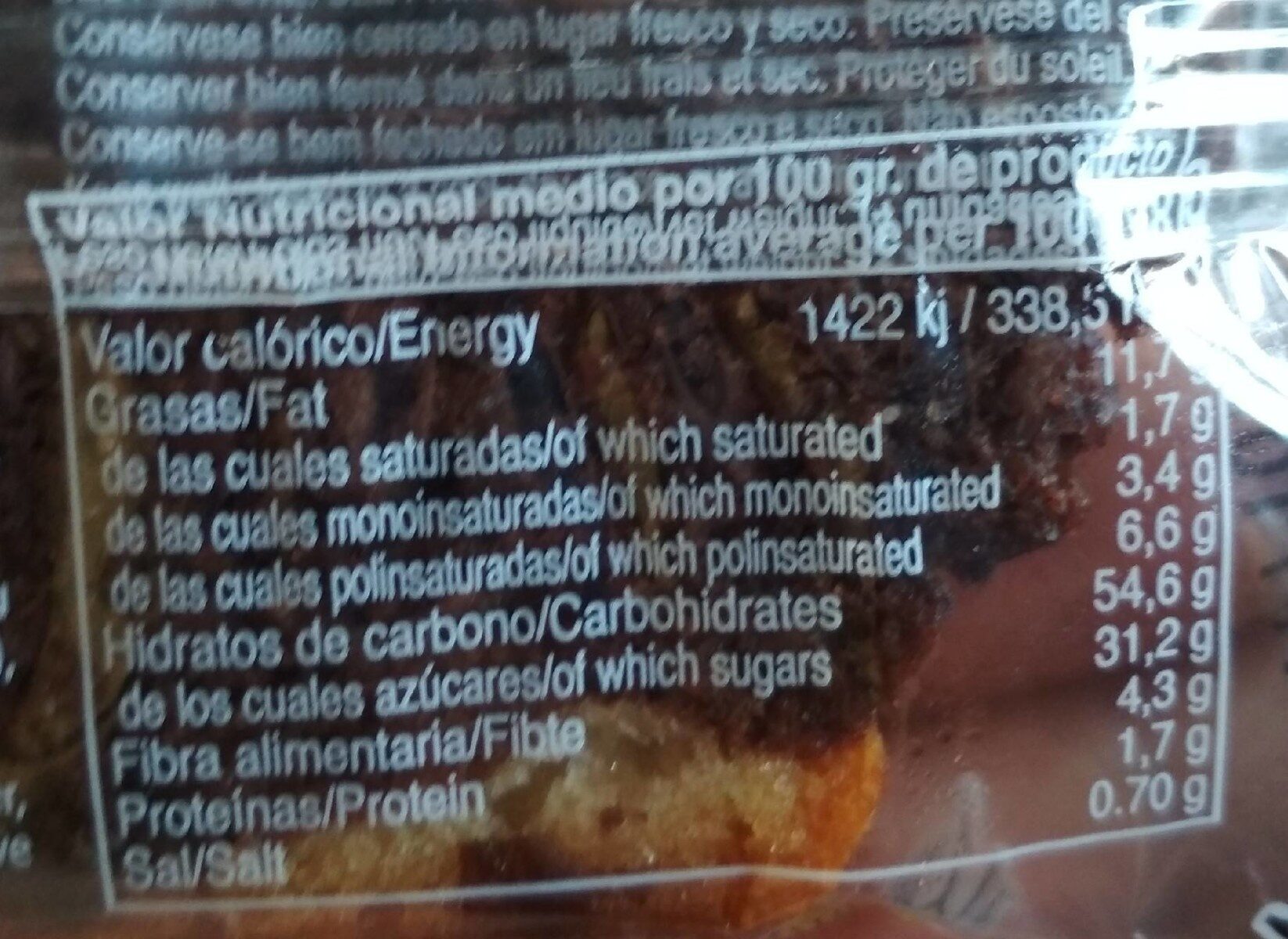Plum-Cake Mármol - porta
Aquesta pàgina del producte no està completa. Podeu ajudar a completar-la editant-la i afegint-hi més dades a partir de les fotos ja disponibles, o fent-ne més amb l'aplicació de androide o iPhone / iPad. Gràcies!
×
Codi de barres: 8413908512018 (EAN / EAN-13)
Marques: Porta
Categories: Snacks, Aperitius dolços, Galetes i pastissos, Pastís
Països on es va vendre: Espanya
Matching with your preferences
Entorn
Empaquetament
Transport
Report a problem
Fonts de dades
Producte afegit per kiliweb
Última modificació de la pàgina del producte per ecoscore-impact-estimator.
La pàgina del producte, també editada per acuario, cerdax, elcoco, musarana, openfoodfacts-contributors, thaialagata, yuka.ZWFzSkUvNFBxOW80bzhNZTJRUGZwTWh5N1oveFhtT3NEK2dJSWc9PQ, yuka.sY2b0xO6T85zoF3NwEKvlnVXefv4gzPmEDjtg2fWyomFCsTzc9B_yLj1Mqg.
Si les dades són incorrectes o incompletes, pot completar o corregir editant aquesta pàgina.










